Exploring the diverse range of gari making machines available, we find an array of equipment designed to enhance the production of gari, a traditional West African food made from cassava. These machines cater to various stages of the gari production process, from processing raw cassava to the final frying stage. Among the types offered, there are fully automatic and semi-automatic options, each providing a unique set of functionalities to suit different production scales and needs.
The automatic gari making machines are a leap forward in cassava processing technology. They are equipped with features that streamline the entire process, from peeling and washing the cassava to grating, dewatering, fermenting, and frying into the final gari product. These machines are designed for efficiency, with some models boasting high-speed capabilities, which are essential for large-scale production demands.
Semi-automatic machines allow for more hands-on control at various stages of the production line. They are ideal for smaller operations that require a more flexible approach to gari making. This category includes specialized equipment such as stainless steel gari fryers and cassava slicers, which are integral to producing high-quality gari by ensuring even slicing and consistent frying.
The versatility of these gari making machines is evident in their ability to handle different cassava varieties and to produce gari that meets specific regional tastes and textures. With operational efficiency and energy consumption in mind, these machines are crafted to reduce manual labor while maximizing output, ensuring that producers can meet market demands while maintaining the authenticity of this culturally significant food.

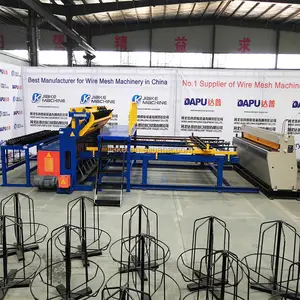

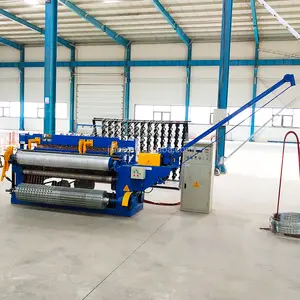



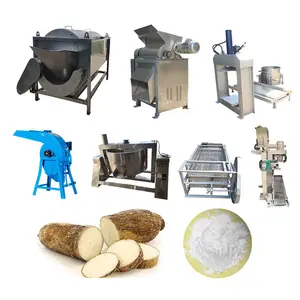


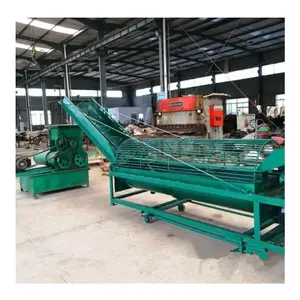


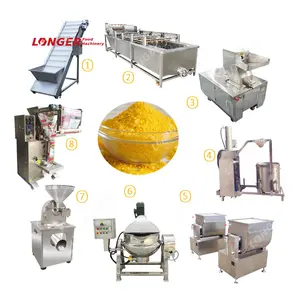

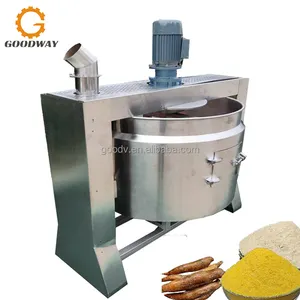



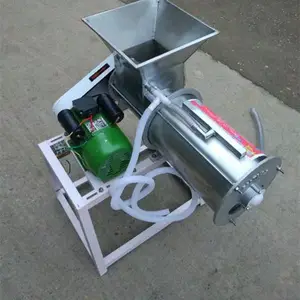






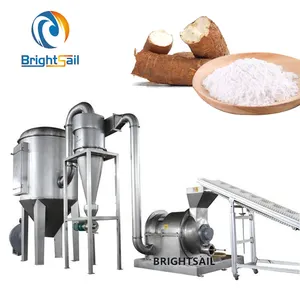

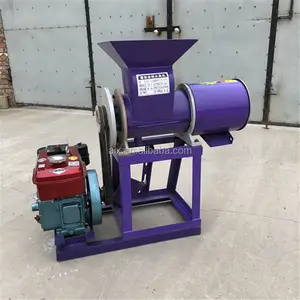
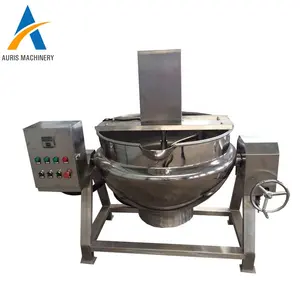



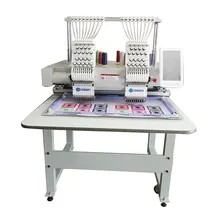

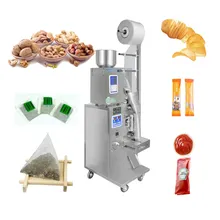




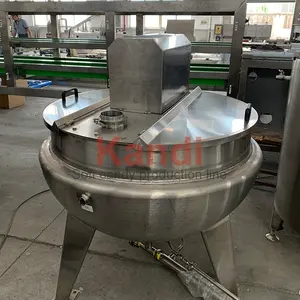

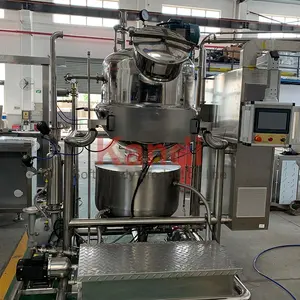
























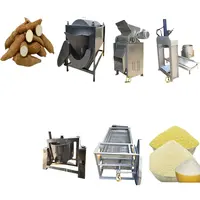








 浙公网安备 33010002000092号
浙公网安备 33010002000092号 浙B2-20120091-4
浙B2-20120091-4